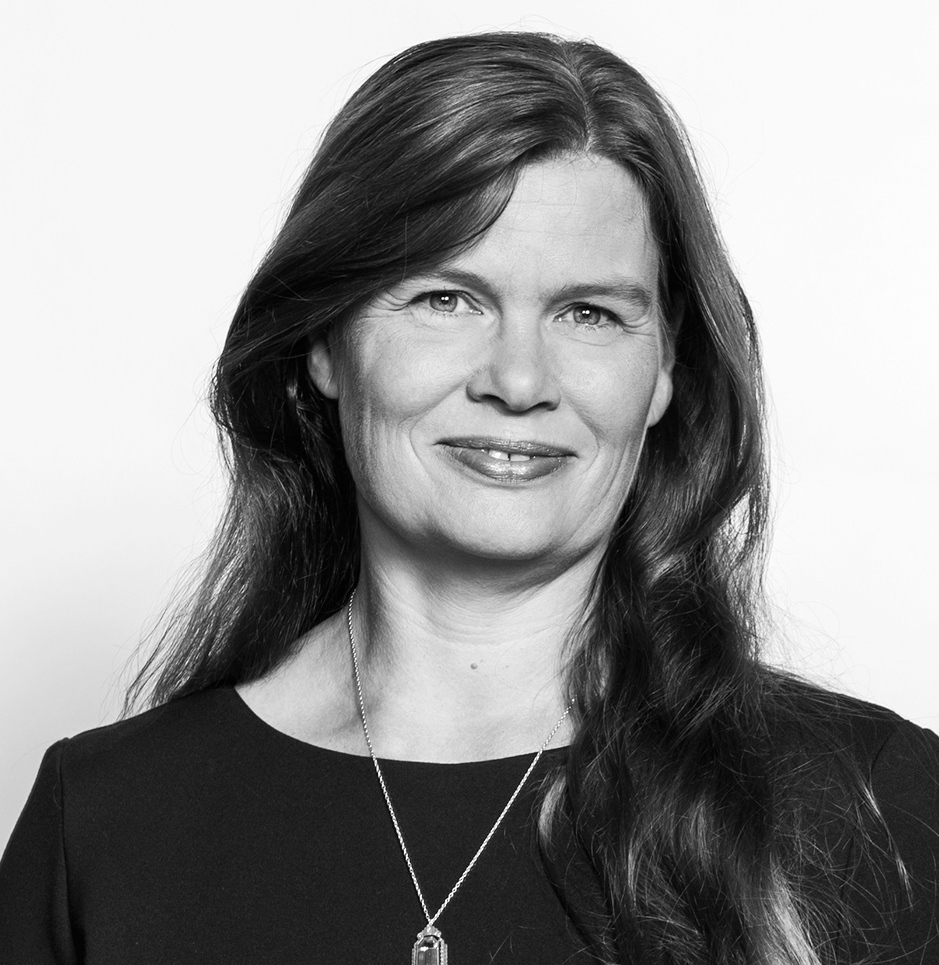Zeeuws Museum
The museum is a cultural historical museum, which focuses on local crafts and heritage. Both tangible and intangible. We work with local communities to preserve traditional knowledge, to transfer this knowledge to a young(er) generation, and inspire the development of new products based on these local traditional skills.
HANDWERK
Description of the project / practice / program
Nineteenth-century Zeeland sees a major change in fashion. Residents of the islands start to attach more and more value to their place of origin; something we also see in other rural areas in the Netherlands and abroad. Local communities strengthen their identity by means of home-made clothes, among other things. This accentuates and communicates their specific social and religious ways of living and thinking. This development is accompanied and made possible by ingenious skills and techniques, which have survived to this day through tradition.
HANDWERK shows the exuberant and colourful (fashion) history of the Zeeland community. From the start of the twentieth century, more and more people stop wearing traditional costumes, and the extraordinary trades of dressmakers, jacket seamstresses and cap makers come under threat of extinction. Mothers no longer pass on their knowledge and skills to their daughters. The Zeeuws Museum wants to turn the tide. HANDWERK not only gives visitors a glimpse of the past, but also shows the value of historical (fashion) skills for today. In HANDWORK specialised craftspeople pass on ancient techniques to vocational students and designers. This encourages a new, emerging generation to develop contemporary applications, thus breathing new life into historical skills. For HANDWORK, the Zeeuws Museum works together with local communities and other museums, bringing different generations together to share knowledge with each other and with the visitor.
In the first edition of HANDWORK students from the Master Tailor Institute and fashion designer Antoine Peters explored the unique folding technique used in Zeeland's traditional costume. The technique was passed on by one of the few remaining women who wear traditional Walcheren costume, 93-year-old Mrs Vos, resulting in a pattern for those who want to make a traditional jacket and Antoine Peters' contemporary top based on the 200-year-old technique.
In the second edition of HANDWORK, WOOD, students from the Goese Lyceum use hand tools and woodworking joints historically used in shipbuilding and chair making. The teachers are shipwright Cees Droste from C.A. Meerman's Historical Shipyard in Arnemuiden and chair maker Caspar Labarre. Caspar brings the term handwork up to date by giving us an insight into his daily quest: the creation of handmade quality products inspired by the Zeeuws Museum's collection.
HANDWORK not only teaches us about the past but, more importantly, shows us the value of traditional skills in the here and now.
How were practitioners of intangible cultural heritage involved?
In HANDWORK the local specialised craftspeople pass on ancient techniques to vocational students and designers. In the project the local craftsmen are an equal partner with the museum, the schools and students and the designers. Together we strive to preserve the traditional knowledge, pass it on to the next generation and strive to apply these old techniques and knowledge in contemporary products.
For HANDWORK, the Zeeuws Museum works together with local communities and other museums, bringing different generations together to share knowledge with each other and the visitors.
CV of the author

Mrs. M.J. Ruiter is director of the Zeeuws Museum since 2009 and actively involved in developing projects and exhibitions focusing on the local tangible and intangible heritage.
LESSONS LEARNT
- Documenting knowledge and knowledge transfer provides the museum's educational department with interesting materials.
- It's important to create inspirational spaces in your museum, where you can show how-to movies, organise demonstrations and workhshops. Think about setting up this type of space permanently.
- Working together and sharing knowledge provides all involved parties with valuable new knowledge and new products.
- Sharing authority deliveres beautiful and unexpected results.
LINKS
- www.zeeuwsmuseum.nl
- Handwerk handboek (in Dutch): this book provides insights in three HANDWERK cases from the Zeeuws Museums. In the 'how-to'-section, it elaborates on the starting points, division of roles and means necessary to start up your own comparable project on crafts.
Practical
When
22 March 2018 from 15:36 to 15:36
Where
Subscriptions
It is no longer possible to subscribe to this bestpractice. Reports and videos will be published after the bestpractice.